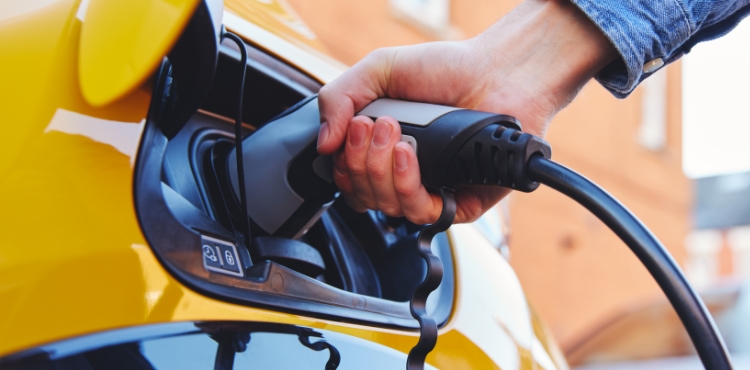1. Tethered EV chargers: Convenience at your fingertips
Tethered EV chargers come with a permanently attached charging cable. This means you don’t have to worry about bringing your own cable and can simply plug your vehicle in directly. The convenience of having a fixed cable at your disposal can be particularly appealing, especially when you’re in a rush or need to charge on the go. With a tethered charger, you can simply plug in and start charging, hassle-free!
2. Untethered EV chargers: Versatility and flexibility
Untethered EV chargers, on the other hand, require you to provide your own charging cable. While this may initially seem like an inconvenience, it offers great versatility and flexibility. You can choose to have multiple cables, each suited for different charging scenarios or vehicles. Additionally, untethered chargers are future-proof, as you can easily upgrade or replace the cable without replacing the entire charger unit.
3. Installation and cost considerations
Both tethered and untethered EV chargers require professional installation to ensure safety and compliance with local regulations. However, tethered chargers may be slightly more expensive to install, as they require additional work to secure the fixed cable. On the other hand, untethered chargers may have a lower upfront cost since you are responsible for purchasing the charging cable separately.
4. Security and maintenance
One aspect to consider when choosing between tethered and untethered chargers is security. With a tethered charger, the cable is less likely to be stolen or damaged since it is permanently attached to the unit. Untethered chargers, on the other hand, require you to bring your cable with you, which may be prone to theft or damage if not properly stored. Additionally, with an untethered charger, you have the added responsibility of maintaining and replacing your charging cable when necessary.
5. Future compatibility and upgrades
As the EV market continues to evolve, it is essential to consider future compatibility and upgrades when choosing an EV charger. Tethered chargers can be more limiting in this aspect, as they may not be compatible with all EV models or future charging standards. Untethered chargers, however, offer the flexibility to upgrade or replace charging cables to accommodate new technologies, ensuring your charger remains compatible with the latest EVs.
Conclusion:
When it comes to choosing between tethered and untethered EV chargers, there is no one-size-fits-all solution. It ultimately depends on your lifestyle, charging needs, and personal preferences. Tethered chargers offer convenience and ease of use, while untethered chargers provide versatility and future-proofing. Consider factors such as installation costs, security, maintenance, and compatibility to make an informed decision that suits your specific requirements. Regardless of your choice, investing in an EV charger is a step towards a greener future and the widespread adoption of electric vehicles. 🌿⚡️
To find out more about the advantages of an EV charger installation at your home or business, call 0800 644 6750 or email [email protected]



